By Nancy Riggs —
In early January, my husband Bob and I drove to Asheville in Western North Carolina to help victims of Hurricane Helene. Flood waters and mudslides had taken a huge toll on this mountainous area. Many people were still without power, and some remained trapped way back in the mountains because so many roads had washed out. 126,000 homes were destroyed in this area, which already had a housing shortage. At least 104 people died, and many have not yet been found.
People not only lost their houses, but many also lost their jobs because their place of employment had been severely damaged in the hurricane. The need was, and still is, great for food, shelter, and warm clothing.
Bob had worked with Samaritan’s Purse in 2022 after Hurricane Ian hit Ft. Myers, Florida, and knew they were a well-organized group. However, they were in the process of pulling out from the recovery phase, deciding to come back in a few weeks to help with rebuilding. I had been sending things via Amazon to a church distribution center in Asheville, but they, too, were ending that service.
Bob then talked with a friend who is familiar with the area. She told us to contact Pastor Sam Burleson of the Covenant Community Church in Asheville to see what he suggested and if we could stay in our small RV in their parking lot. He said, “Come on down,” so we went!
The first day we were there, Pastor Sam suggested that we drive around the Swannanoa and Black Mountain areas, which were hardest hit, so we’d know what the people were facing when we talked with them. The amount of devastation still visible three-plus months after the hurricane hit was unimaginable! Debris was still piled everywhere. Many buildings were just bare shells of what they once were. Some whole areas were devastated.
In other areas, the devastation seemed to skip some houses and businesses right next to those that were totaled. Downed trees were everywhere, roads and bridges were still closed, and riverbanks were covered with broken brush and trees. In one section of the river, we saw a 30ft. long propane tank caught in the brush. Nearby was a battered 18-wheel truck with no trailer in sight. It is estimated that it will take close to 60 billion dollars to fix everything. When we left two weeks later, it still looked like that, and in the week since we’ve been home, not much has changed.
We soon learned that almost everything that is being done to help the people there is happening due to the grassroots efforts of local people. Distribution Centers sprang up overnight, and many are still serving the people. There are groups organizing rebuilding efforts, groups obtaining travel trailers for people to live off the cold ground, groups raising money for rebuilding supplies, groups filling for free the hundreds of propane tanks used daily, and so much more.
For the first few days, we helped at the church. Since the church had lots of flat property on top of a hill, they decided to put in a village of travel trailers that would be the temporary home of up to 36 displaced families for two to three years. The trailers were donated by people from all over. Since there was no electricity, water, or sewer available, they were using generators for power. There were five port-a-potties and a very small trailer with two showers in it. That had worked all right before winter set in, but now the water lines to the trailer were often frozen.
We started putting skirting around the trailers and putting reflectix in the windows in an effort to keep the heat in the trailers.
The church had drawn up plans to put in the necessary utilities and had secured grants to help pay for them, but they were waiting for the local energy company to get back to them. The first thing Bob did was urge his friend, Vicki Becker, to contact the power company to get them to prioritize the campers. After Vicki’s call, things started to happen. By the time we left two weeks later, the electric company was getting ready to put in the necessary poles, and work on five or six families living in the trailers when we were there. Others were waiting to move once their FEMA hotel vouchers ran out. Staying in a warm hotel sure beats living in an uninsulated trailer and having to use a porta-potty in 20-degree weather.
Winter weather arrived while we were there, with high winds, ice, snow, and temperatures in the teens, about 17 degrees below normal for this area. We felt so sorry for people still living in cars, tents, and travel trailers that are not meant for winter camping. We stayed in our RV, which has a furnace but minimal insulation, so when the sun went down, we put on extra layers and covered up with blankets. We were living like this on purpose. Many hundreds, if not thousands, of people in this area have no choice.
The most rewarding job we did while there was helping at the Valley Strong Disaster Relief Distribution Center, serving the Swannanoa/Black Mountain area. It was started the day after the hurricane by two local couples who wanted to help their neighbors. At first, they worked out of a house, but soon, the operation grew so large that they relocated to Silverados Restaurant and Music Venue.
They moved in tents, canopies, and empty shipping containers to hold the growing list of inventory provided to them by people from all over the country. Working with volunteers from all over the USA and a few foreign countries, they serve over 200 cars a day in the drive-through operation. There are usually about 40 volunteers on hand, including a few people who can speak Spanish because there is a large Hispanic population there.
They have warm coats, boots, hats, and gloves; electric and propane heaters; propane tanks; firewood; warm blankets; sleeping bags; tents; cleaning supplies; pet food; hygiene products; baby necessities; paper products; and most importantly, food.
We mostly worked in the food container, filling cardboard boxes with enough food for a family of four for two days. It was all non-perishable food since many could not keep things refrigerated. The most important thing to put in the box was protein, so everyone got a jar of peanut butter and a few cans of tuna or chicken. Then we added vegetables, fruit, pasta, cereal, and, if we had it, shelf-stable milk. Most boxes have the same things in them, but when we only have one of something, we cheer for the family that gets it, i.e. pancake mix and syrup, cake mix, an entire box of cookies, or jelly to go with the peanut butter!
In addition to filling the food boxes, we also created bags of snacks for the families. Those were usually protein bars, cereal bars, fruit snacks, crackers, and other foods. Sometimes, we had cookies or small wrapped candies, and as I put them in the bags, I hoped that they would bring a smile to these people who have endured so much for so long.
We also had to shelve the food items that were either shipped that day or delivered in person by local people or good Samaritans who had driven from one or two states away with loaded trailers. It wasn’t uncommon for Amazon vans to arrive with 80-110 boxes of food and other items donated by people like you.
One side of the driveway was for people coming to get things, the other side was for people coming to drop off things. Quite often, especially on the weekend, both lines had many waiting vehicles.
On our last day there, a man in his late 70s pulled in to get a warm coat and some food. He had lost his house, and everything he cherished was either in or on top of his car where he was living. The load was shifting and looked like it might all slide to the ground, so Bob helped secure it. We wished we could have gotten him into a home of some kind.
We know that many organizations are working tirelessly to obtain trailers or tiny homes for people to live in, or are helping to rebuild houses that survived, but it will take years for things to get back to normal there.
We were sad to leave when we did. Our time there was profoundly rewarding. Witnessing the immense need was heart-wrenching, yet seeing the outpouring of support and kindness has reaffirmed our faith in humanity. It’s a poignant reminder that there’s more good in the world than we often see in the news. We plan to return to the area in early April to help a friend there with a huge fundraiser and to help in any other way we can.
Jason A. Ward, one of the founders of Valley Strong, has a Facebook page where every day or so he posts a video. It’s worth a look going all the way back to Sept. 27, the day the hurricane hit.
Jason has helped this area tremendously with his posts, helping people understand the magnitude of devastation. In the early days after the hurricane, he and others walked back into places in the mountains that could be reached no other way so that he could bring needed supplies.
He and others work tirelessly helping people get what they need. Many of the posts on Facebook are interviews with the people who survived against all odds.
This area is going to need our help for years to come. At present, you can help by donating money to organizations such as valleystrongdisasterrelief.org or samaritanspurse.org, both of which are 501 c3 entities. I know there are about two dozen other organizations there helping people, but I can’t speak for how they work. You can also donate goods to Valley Strong through Amazon at www.amazon.com/hz/wishlist/ls/2FK2U9DS9XCX0?ref_=wl_share.
If you have time and skills to help rebuild, they are looking for people like you. Valley Strong will be switching to rebuilding homes by the end of March. Other groups are already building. If you have a camping trailer or RV that you want to donate, you can do that also.

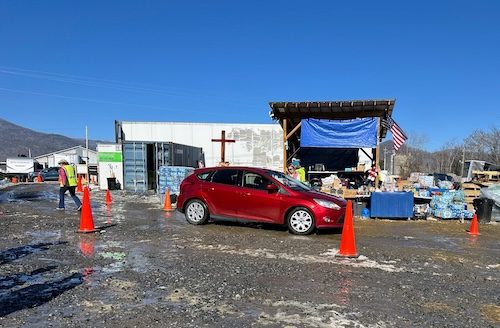
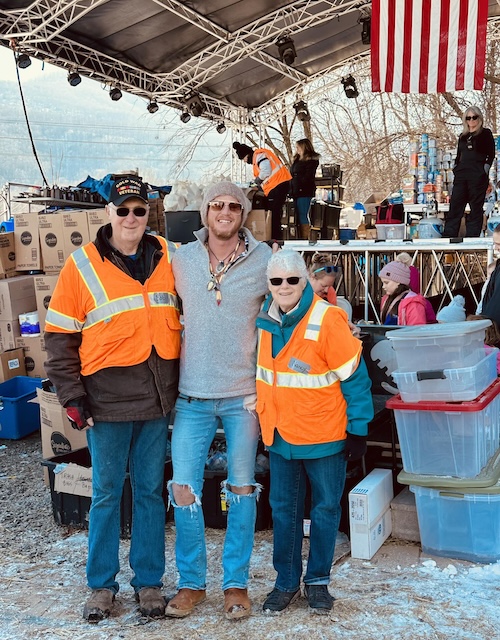
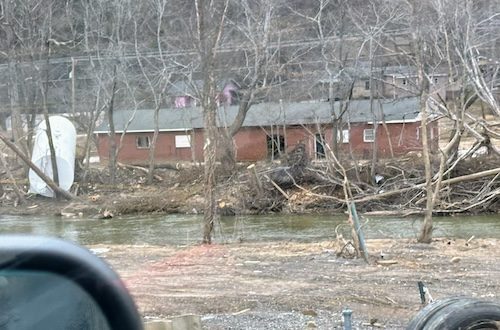
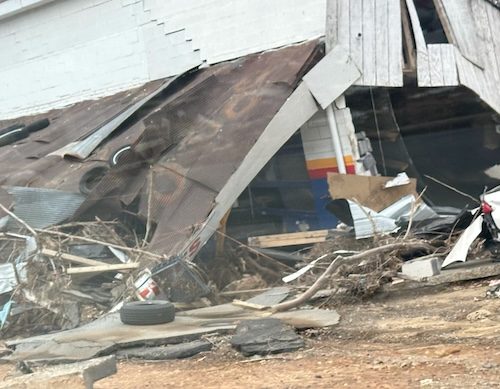
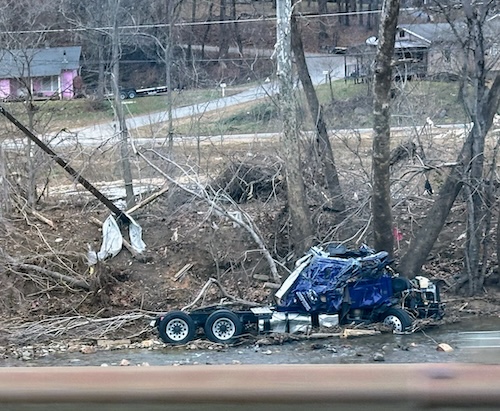
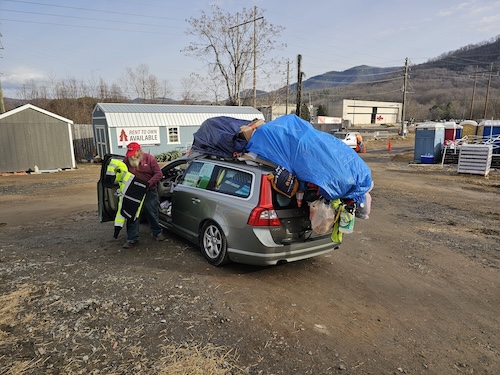

Be the first to comment on "Helping Hurricane Victims in Western North Carolina"